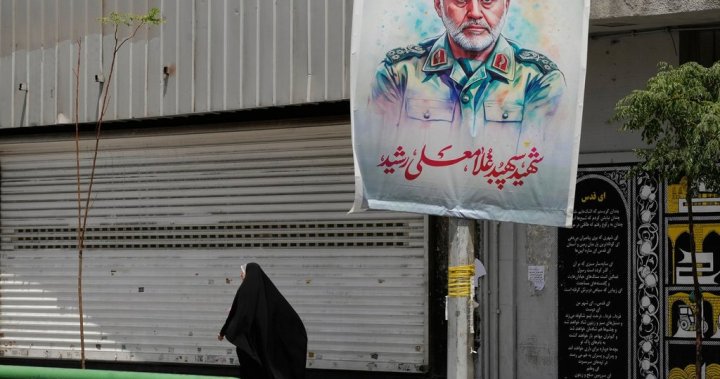The fragile ceasefire between Israel and Iran entered its second day with both nations maintaining a cautious posture, even as Tehran forcefully defended its nuclear ambitions amid escalating international pressure. This tentative calm follows last week’s unprecedented direct military exchange that threatened to plunge the Middle East into a wider regional conflict.
“We’re witnessing a strategic pause rather than genuine de-escalation,” said Dr. Mahmoud Farahani, international relations expert at the University of Toronto. “Both nations are reassessing their positions while continuing to signal resolve to their domestic audiences.”
The temporary calm has allowed diplomatic channels to reopen, with mediators from Qatar and Oman shuttling between capitals in an effort to transform the ceasefire into a more durable agreement. Sources within the Canadian diplomatic corps confirm that Ottawa has offered support for these mediation efforts, though remains concerned about the sustainability of current arrangements.
Iranian Foreign Minister Hossein Amir-Abdollahian struck a defiant tone yesterday, declaring that Iran’s nuclear program “remains entirely peaceful but non-negotiable” during a press conference in Tehran. This statement came just hours after the International Atomic Energy Agency reported detecting increased uranium enrichment activities at Iran’s Fordow facility, potentially breaching limits established under the 2015 nuclear accord.
“Tehran is carefully balancing multiple objectives,” explained Sarah Rasmussen, senior fellow at the Canadian Institute for Global Affairs. “They need to appear strong domestically while avoiding actions that would trigger harsher international sanctions or military responses.”
Meanwhile, Israeli Prime Minister Benjamin Netanyahu faces mounting pressure from coalition partners demanding a stronger response to Iran’s missile barrage last week. Far-right ministers Bezalel Smotrich and Itamar Ben-Gvir publicly criticized the ceasefire as “surrendering to terrorism,” threatening government stability at a critical moment.
Financial markets have reacted positively to the ceasefire, with oil prices dropping 3.7% yesterday as traders priced in reduced risk of supply disruptions. The Toronto Stock Exchange saw energy stocks decline while the broader index gained 0.8%, reflecting investor optimism that the immediate crisis has been contained, according to market analysts.
Canadian Foreign Affairs Minister Mélanie Joly issued a statement supporting the ceasefire while urging both sides to “exercise maximum restraint and pursue diplomatic solutions.” Canada maintains that regional stability requires addressing the broader conflict dynamics, including the ongoing humanitarian crisis in Gaza where civilian casualties continue to mount despite international appeals.
Defense analysts note that both Israel and Iran have used the pause to reposition military assets. Satellite imagery reveals Iranian air defense systems being relocated to harden potential targets, while Israel has reportedly deployed additional Iron Dome batteries to its northern regions.
“Neither side wants all-out war, but both are preparing for the possibility,” noted retired Canadian Forces Colonel Michel Drapeau. “The question isn’t if tensions will flare again, but when and how severely.”
As this precarious peace holds for now, the fundamental question remains: Can regional powers establish sustainable security arrangements in a Middle East transformed by changing alliances, evolving military capabilities, and diminished American influence? The answer may determine whether this ceasefire represents merely a brief intermission or the beginning of a more stable regional order.











